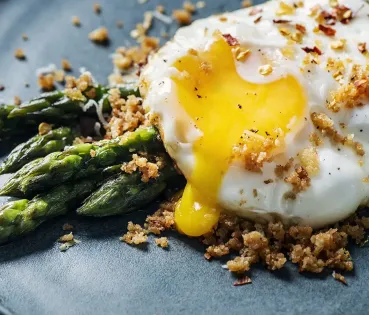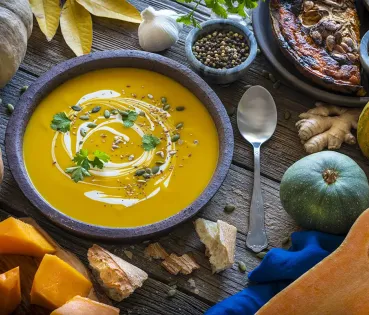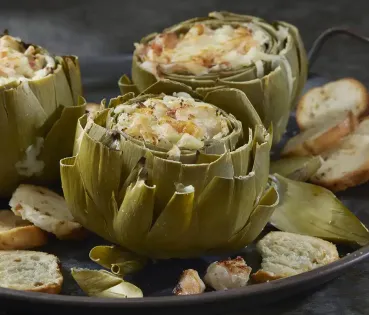
Traditional flavours: Holy Week Gastronomy
The Holy Week festivities are accompanied by a culinary heritage that has lasted for centuries: simple, traditional recipes that merge their symbolism with modernity.
With the arrival of the month of April, it is time to bring out the typical recipe book for this period: Holy Week is about to arrive. The festivity is not only a Christian celebration of faith and devotion; it is also accompanied by a feast of culinary traditions that have lasted for centuries until the present day.
Although it is a period for reflection and taking up decisions, marked by solemnity and abstention, it also celebrates gastronomic pleasure though its typical dishes and recipes, which still form part of the culinary heritage of many regions. For this reason, gastronomy takes on a highly revenant place at this time, characterised by recipes that generally exclude meat, as dictated by the religious precepts. Fish, vegetables and other products such as eggs, milk and honey take on leading roles in its place.
Holy Week has given rise to a cuisine full of symbolism, where each dish reflects the history and identity of the different areas. With a simple, family-orientated and authentic recipe book, it manages to merge tradition with the new culinary creations and trends. From succulent stews to delicious sweets, these are some of the flavours that make up the typical menu for celebrations that are on the way.
Holy Week flavours
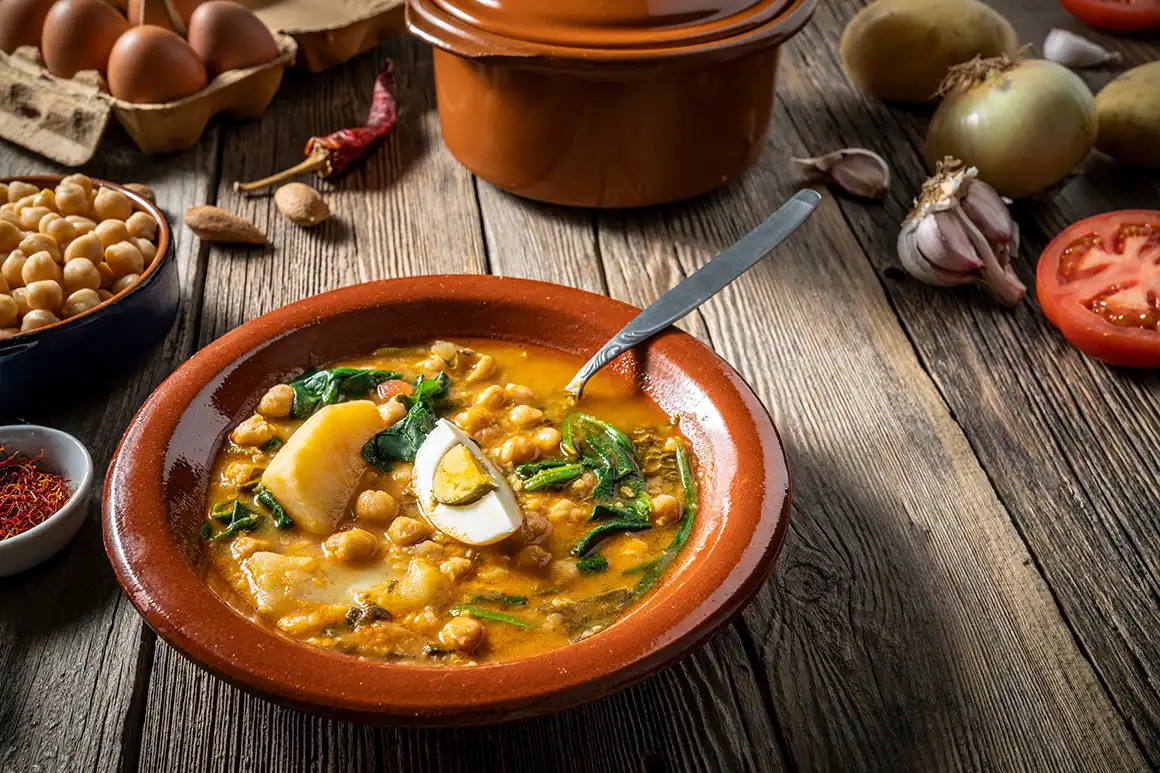
Vigil Chickpea Stew
1 of 6
You can’t have Holy Week without a legume stew. In a restaurant or at your grandmother’s house, vigil chickpea stew is the best example for this period. It is a broth that dates back to medieval times containing chickpeas and cod, without forgetting the traditional touches of hard-boiled egg and spinach. It is usually served on Fridays in Lent and its name comes from the dates that are commonly known as vigilias (vigils), alluding to the Catholic practice of abstaining from eating meat.
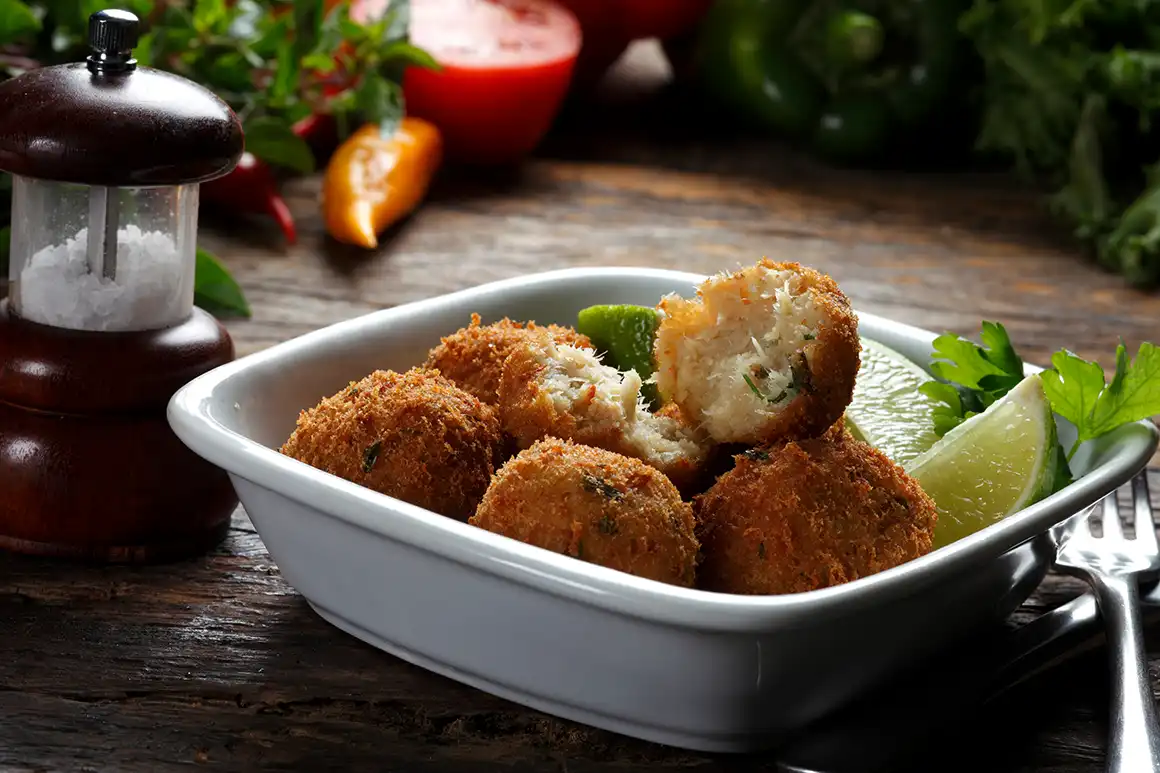
Cod croquettes
2 of 6
With a crunchy texture on the outside and creamy inside, cod croquettes are the perfect morsel to accompany the celebrations, following the tradition of making the most of the cod, an essential ingredient in the cuisine for these dates. With a quality product, an exquisite, versatile dish is obtained, and one of the most important foods on the table.

Marinated dogfish
3 of 6
Any festival menu must start with a good aperitif to whet the appetite. Marinated dogfish is a classic tapa from Andalusian cuisine which pays tribute to its common name: bienmesabe (tasting good to me). This homemade delight is made from dogfish, a member of the shark family. It is relatively easy to prepare, requiring few ingredients and the dogfish only needs to be marinated, chopped and fried. The result is a fish that is golden on the outside and very juicy on the inside.
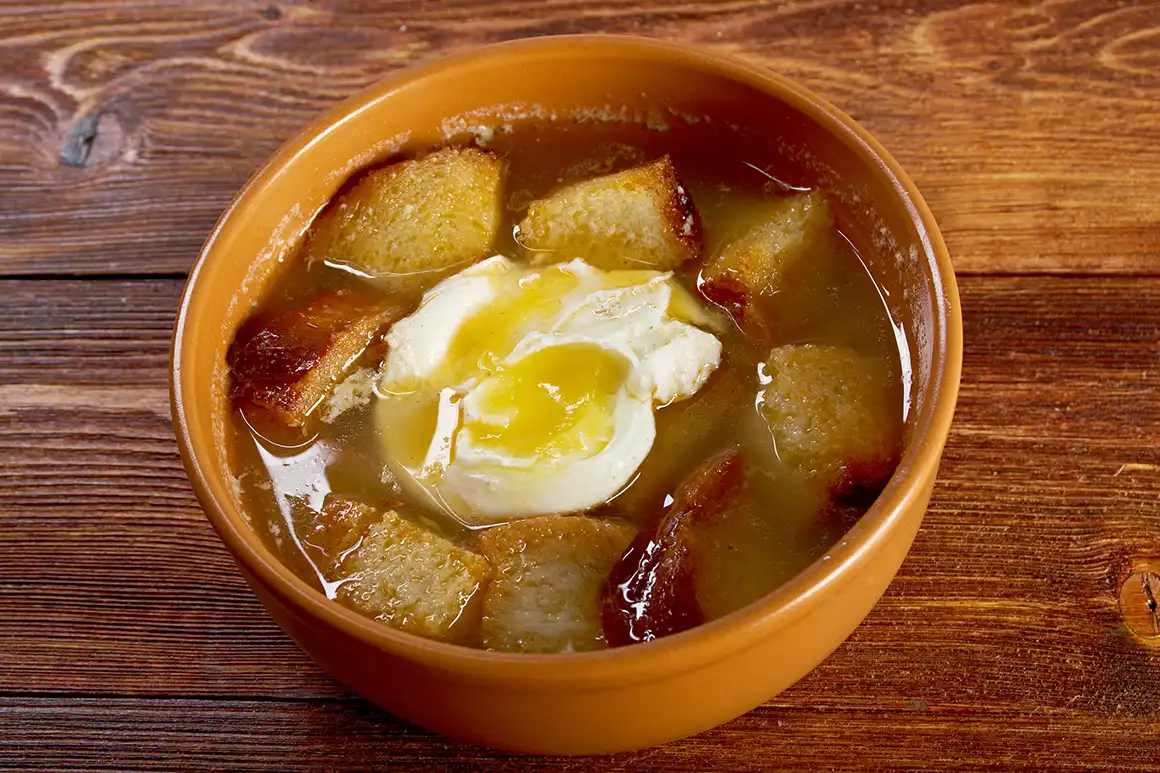
Garlic soup
4 of 6
Another classic representative of these festivities is Castellana or garlic soup, an authentic, simple recipe. It is made using stale bread, garlic, paprika and egg and it is the speciality of the Community of Castilla y Leon. It is a clear example of the cooking that uses up all the leftovers that is characteristic of Lent and in some establishments it is still served in clay bowls, as the tradition demands.
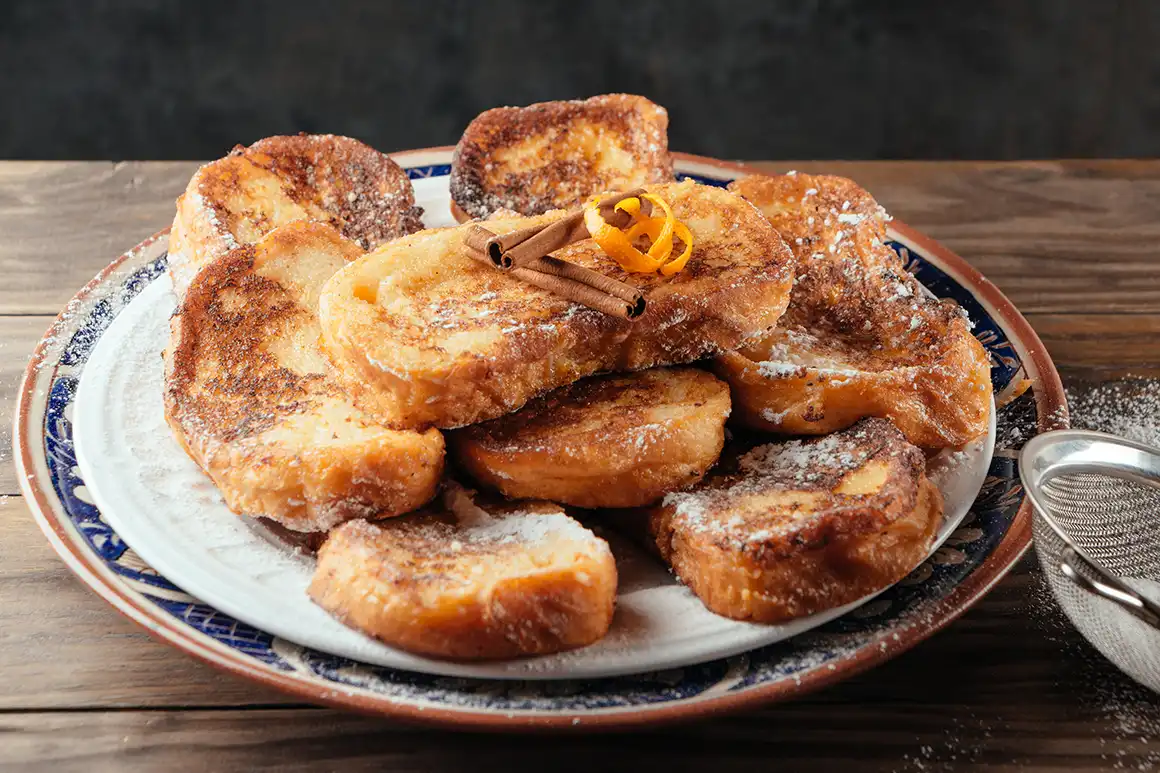
Torrijas
5 of 6
If one dish characterises Holy Week it must be its typical desserts. One of the stars is the torrija, or bread soaked in milk, which in times gone by was eaten to use up the bread left over during the days of abstinence. Today, there is a wide range of possibilities for preparing this succulent bread, going from the more traditional preparations to modern, original versions. It commonly contains cinnamon, but torrijas of custard, chocolate, coffee, vanilla, as well as vegan versions may also be found.
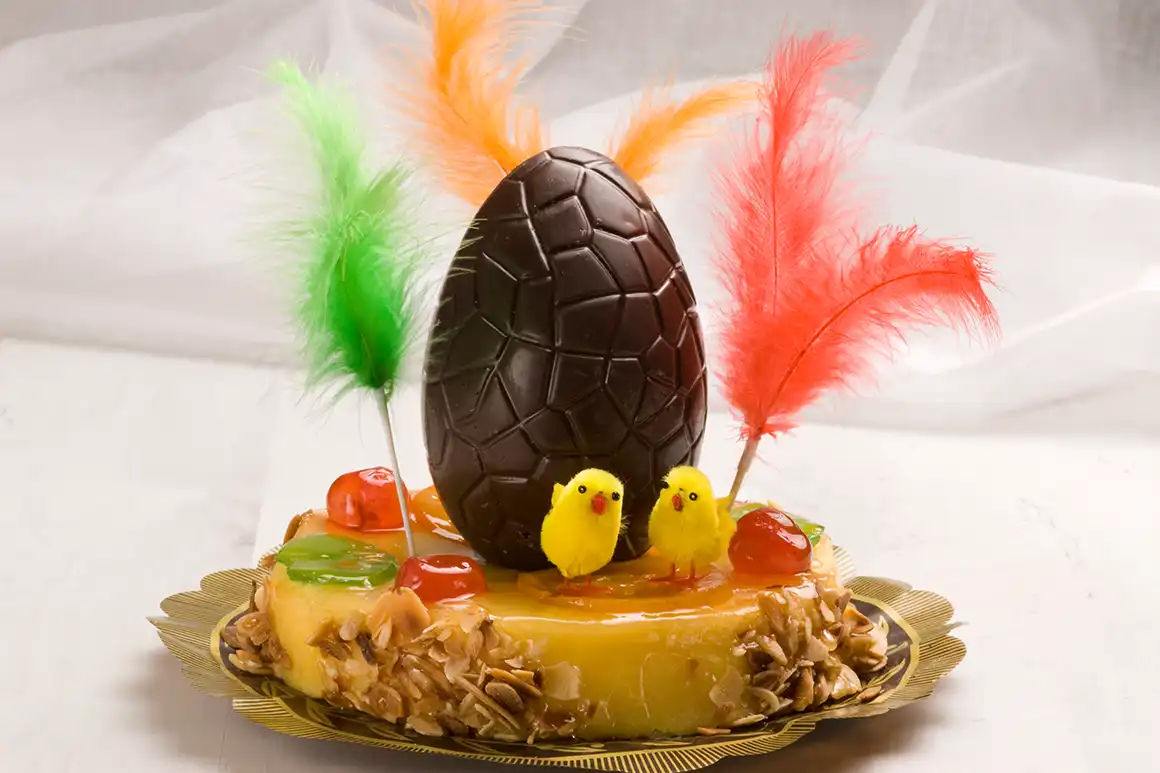
Holy Week ‘Monas’
6 of 6
Traditionally, this spongy sweet was made using a sweet brioche dough, crowned with hardboiled eggs and other ingredients used in traditional Holy Week cuisine. Over the years, the eggs have changed and have become made from chocolate, and along with coloured feathers and felt chicks, they have become the essence of this tradition. They are usually eaten at a family meal on Easter Sunday and Monday, representing the end of Lent and abstinence. As with torrijas, there is a wide variety of Easter Monas, from very large chocolate eggs to an endless amount of creations made in the shape of cartoon characters, houses, boats or animals.

